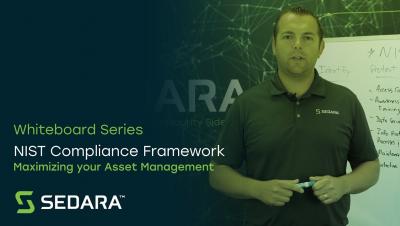Business Continuity, Disaster Recovery, and Security Incident Response Plan - Sedara Whiteboard
Incident response is a structured process organizations use to identify and deal with cybersecurity incidents. Response includes several stages, including preparation for incidents, detection and analysis of a security incident, containment, eradication, and full recovery, and post-incident analysis and learning. What are some tips for making effective plans? Watch this episode of Sedara's Whiteboard Series to find out.











